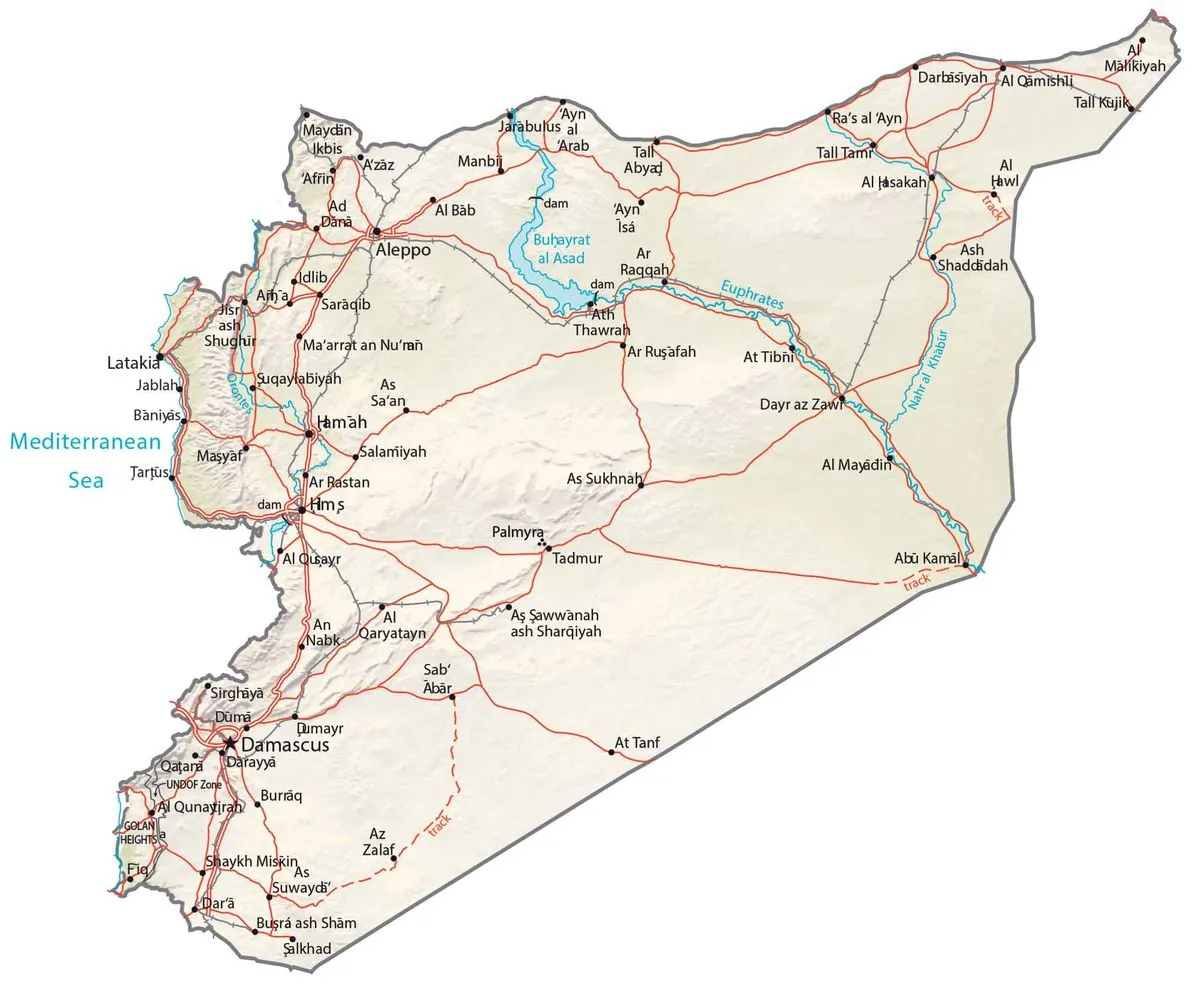The recent win by Hayat Tahrir al-Sham in Syria doesnt mean peace is coming; the countrys geography makes that impossible. Syriaʼs land-layout has always been its biggest problem — it lacks natural walls to keep others out or hold itself together
The nations map shows six different parts that dont fit well together: Damascus sits in a desert-oasis (like a tiny fort)‚ Aleppo works as a trade-door up north‚ theres a thin beach-strip out west‚ rough hills down south a middle passage-way and empty flatland going east. Each piece has its own mind and none want to listen to the others
The middle road (running through Homs and Hama) is super-important: its both a control-line and trouble-maker path. People call the Orontes River there the “Rebel River“ for good reason; whoever controls this stretch usually runs the show
- Damascus cant easily reach other areas
- Aleppo looks more to Turkey than Syria
- The coast (where Latakia sits) does its own thing
- Eastern parts near Iraq feel separate
- Southern hills house different groups
About 13 years back when protests hit Syria things fell apart fast. Bashar al-Assad kept the coast (getting help from Russia); others grabbed different pieces. The war showed how geography splits everything up: ISIS took Raqqa; Turkey-backed groups got Aleppo; fights focused on that middle road
History shows this pattern — since ancient times no single group has ever fully controlled all of Syria. Even the Ottoman Empire had trouble keeping it together; Romans Persians and Arabs all faced the same issue. Modern Syria (with its straight-line borders that dont match the land) just makes things worse
The coast-strip became home to different religious groups over time; they didnt team up though. Instead they looked to far-away friends for help: first France now Russia. Its no surprise that Syria keeps being a place where outside powers play their games
The new rulers in Damascus might think theyve won but Syriaʼs split-up nature means nobody ever really wins here. The land itself wont let them
